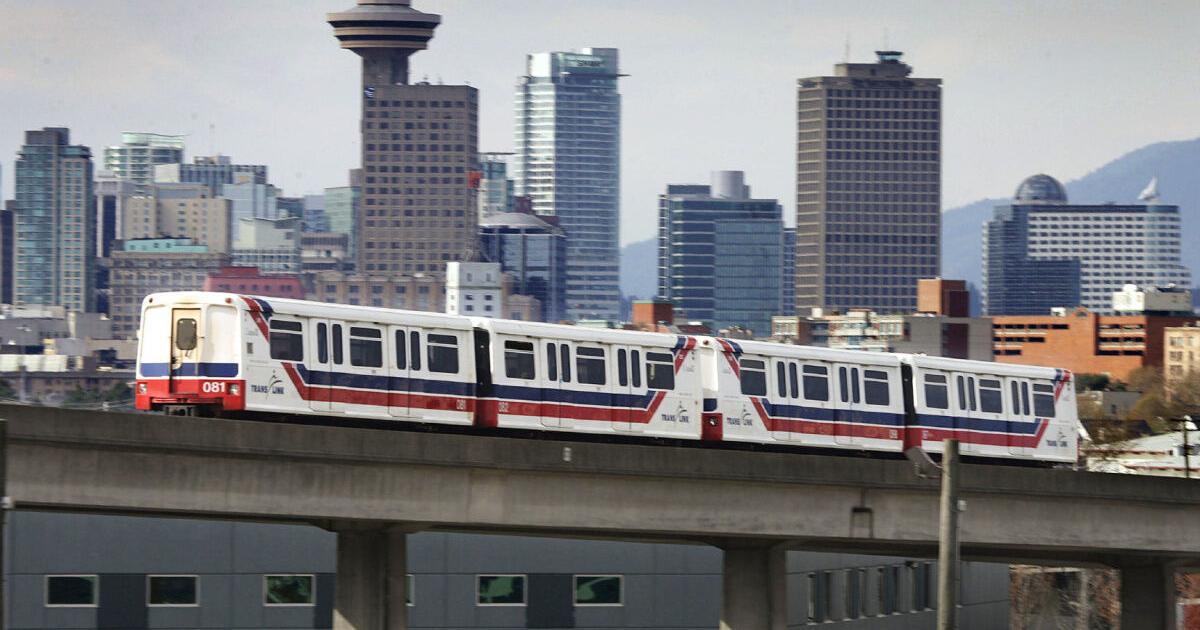TTC trains capable of the same grades and curves as OL?
If you listen to the marketing, no.
In reality however? Yes.
Because they are functionally the same. They are multiple units of individually powered cars, with all or almost-all axles powered. Power-to-weight ratio will be very similar, tractive effort will be very similar.
Do tell what you know of the insides of Metrolinx. You have worked there or with them before?
I don't work at Metrolinx, no. I have had to deal with them both on a personal and professional level however.
Center tunnels get to be slightly more expensive, but then have every extension deep into the suburbs and to the airport elevated and cheaper. Seems like a good deal to me.
But that's a function of route planning, not of the rolling stock or technology used.
"Operated" in the past tense. T1s cannot operate on Line 1 during service hours without disabling ATO on Line 1. That is the reason why Line 2 has larger than normal spare trains. These are the ones that moved over from Lines 1 and 4 that couldn't be used there anymore during service. Sure, they can be driven out of service hours but that cumbersome process doesn't need to exist for a new line that gets to have a new yard.
T1s can operate on the YUS right now. But doing so will put the system into a degraded mode, with much lower frequencies. Nothing needs to be disabled.
TRs can operate on the BD with no issues whatsoever.
That simply will not happen on a line like the OL because there will never be any drivers, or track that is not GoA4 rated. Only exceptional circumstances would cause a train to be driven manually. Vancouver is a local example. Modern GoA4 metros with PSDs are simply more secure.
That's dependent on having a good contractor doing the installation, and good oversight of the contractors.
Not sure what you are trying to say here. Crashes happen ¯\_(ツ)_/¯ so the TTC's procedures with GoA3 trains are excused?
What's I'm saying is that you shouldn't believe everything from the companies that market the various items. They may have the slightest reason for doing so in the best light.
Metrolinx isn't new. They now have knowledge from awarding the Crosstown and Finch West LRT. Crosstown is delayed and slow, but Finch is going on schedule. The OL is being executed differently. The swift execution of the OL, ECWE, and SSE gives me confidence. I don't care which devil it is if they can produce results. How about you?
Crosstown is delayed due to poor contractor oversight. Finch is delayed - albeit not as badly - due to likely poor contractor oversight. The USRC resignalling project - after having been reissued twice - is delayed due to poor contractor oversight. Many of the various projects along the GO network have been delayed due to poor contractor oversight.
To you, this means that Metrolinx is doing a fantastic job, apparently.
Budget as in what is stated in the contract or whatever funding envelope is set by the gov. I'm not laughing that shovels are in the ground. Suit yourself.
Budget as in what they had originally projected to be built. What they had even promised to have the line built at. That figure is set to be doubled. The organization has a very, very serious problem with over-promising and under-delivering. The news that comes out of them is almost exclusively good, and they try and bury the bad news.
But yeah, they're doing a fantastic job, apparently.
Dan

